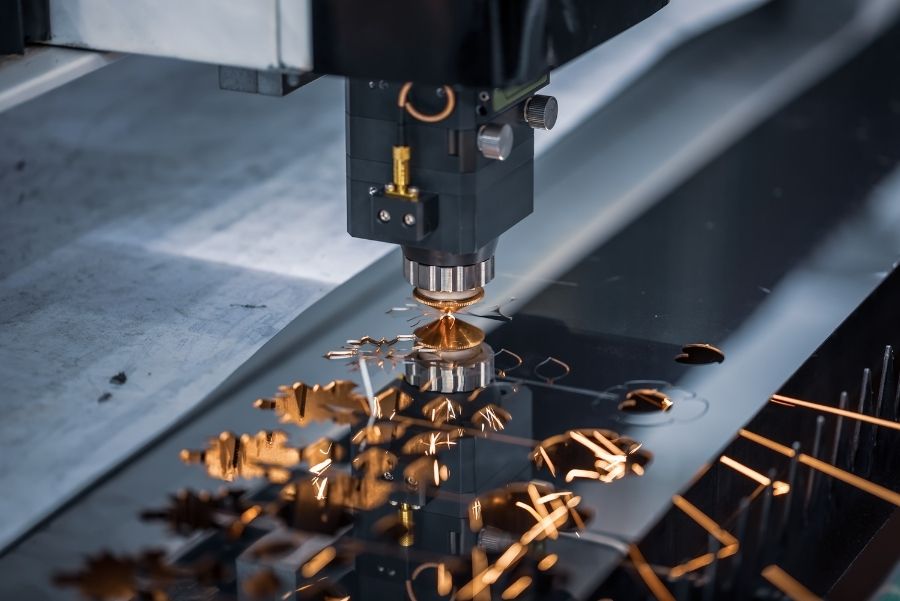We often use the terms metal and steel interchangeably. It may be so in layman’s language, yet it is a confusing fact. The steel, of course, looks like an upgraded version of metal, so the likeness is understandable. The reality is very different, though, since they are both quite different from each other.
Metal, for one, is a chemical substance that is naturally pure. It may include a variety of substances such as nickel, titanium and copper.

Steel, though, is an alloy. An alloy is two substances that have been amalgamated into each other. Steel is an alloy of iron. It contains some carbon and hence is not having 100% purity like so many metals do. Therefore to be exact, and strictly speaking, steel isn’t metal at all. Strange as it may seem, this statement is the truth. Truth, after all, is stranger than fiction. Thus, we must be honest enough to admit that steel and metal are not synonymous words in science’s complex language. Appearances are deceiving since the two looks the same to the naked eye, and when touched, they feel like the same thing. But such is hardly the case.

Metals are generally found beneath the earth’s surface, from which they have to be mined by workers. Steel is a metal with carbon added to it in the heating process.
- Nature creates metal. Steel is an artificial alloy that is, on the contrary, made by man. It is a product of culture instead of Nature. Although it too seeks its primary raw materials from Nature, they have been reorganized and denatured by humanity to give a more solid substance.
- Steel is much stronger than metal since the ingenuity of humanity made such an alloy possible.
- The various objects metal makes possible include jewellery, decorations and implants for surgical operations.
- Steel, though, is used for tall buildings, homes, maritime vessels and arms ammunition. Automobiles which are wonders of mechanical engineering, and bridges which are works of civil engineering, both owe their existence to metals. Metals can be divided into common types, semi-rare and rare kinds.
- When chromium is added to steel, we get stainless steel used in pots and pans resistant to wear and tear. The primary and unique thing about steel is its capacity to bear a heavy load without bending or breaking.